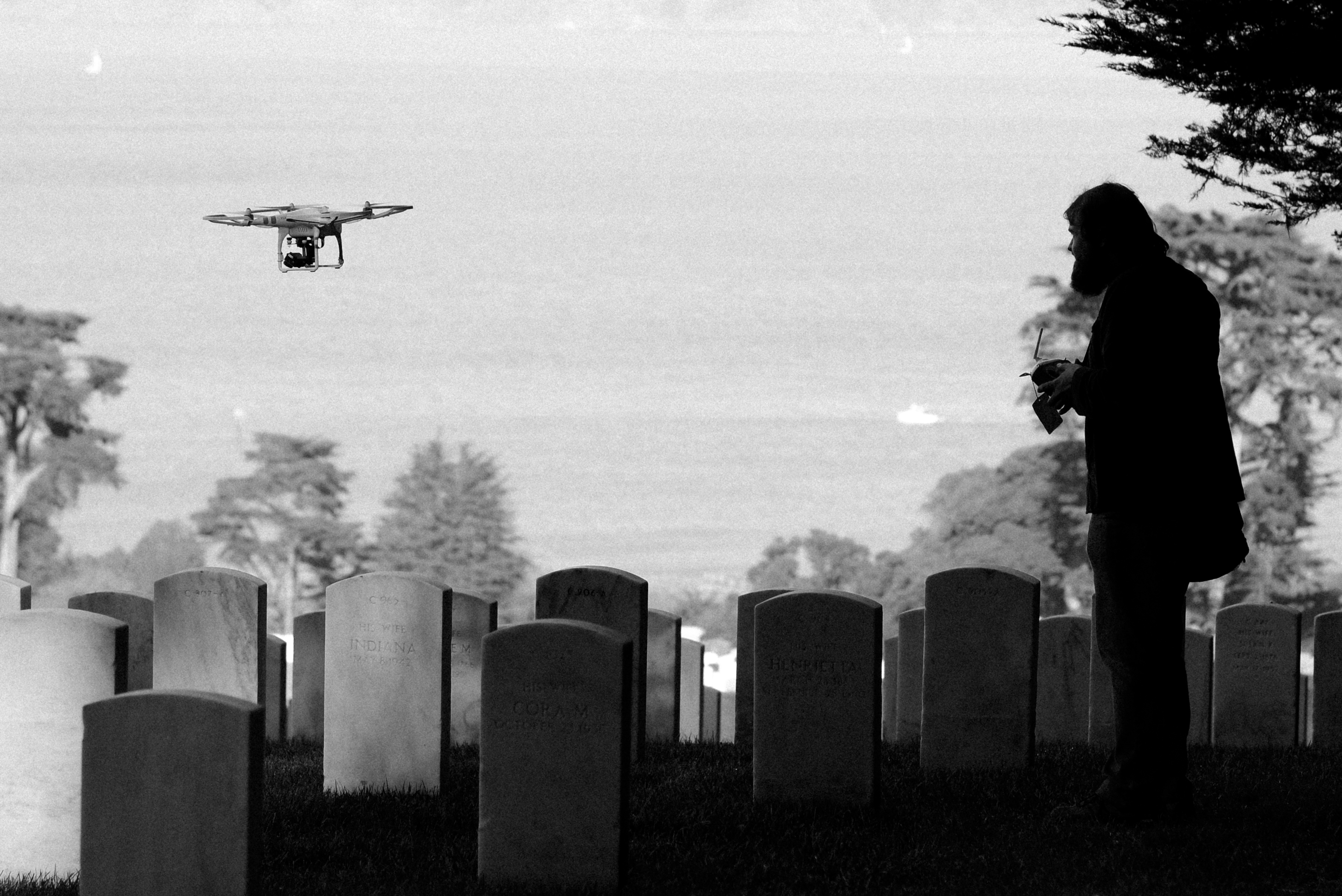Liebe Redaktion,
in einer Diskussion über den Inhalt Ihrer Zeitschrift wurde meine sonst realitätsbewusste Meinung in die Radikalität getrieben, und eine sonst kritische Meinung des Gegenübers in den publizistischen Konservatismus. Mir ist bewusst, dass das keine faire Repräsentation der allgemeinen Tatsachen ist, aber sie dient als gefährlicher Hinweis für eine mögliche Dynamik, die dann entsteht, wenn der kritische Anspruch Ihrer Zeitschrift den publizierten Texten nicht mehr zu entnehmen ist, und somit ein unbespieltes Vakuum resultiert. Die Frage ist also was passiert, wenn die lobenswerten und ohne Zweifel unabdingbaren sozialpsychiatrischen Elemente, für die Sie sich wohlgemerkt schon länger einsetzen als ich lebe, vollständig implementiert sind. Eine kritische Stimme müsste die Weitsicht und vor allem den Anspruch haben, den Diskurs über dieses Ziel hinaus zu gestalten, denn auch ein voll und ganz sozialpsychiatrisches Hilfesystem beantwortet viele der dringenden Fragen nur unzureichend. Es bedarf also, nach meiner Meinung, einer stetigen Vergrundsätzlichung der Debatte.
Continue reading “Leserbrief Sozialpsychiatrische Informationen (3/2021)”
